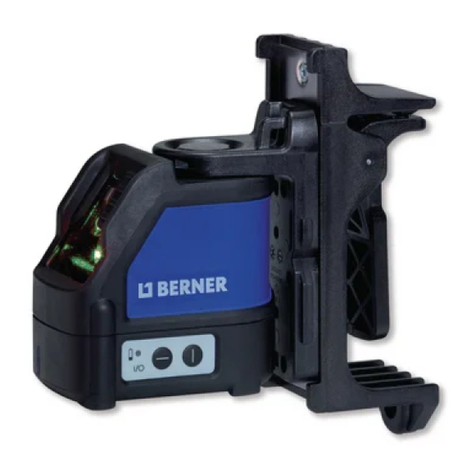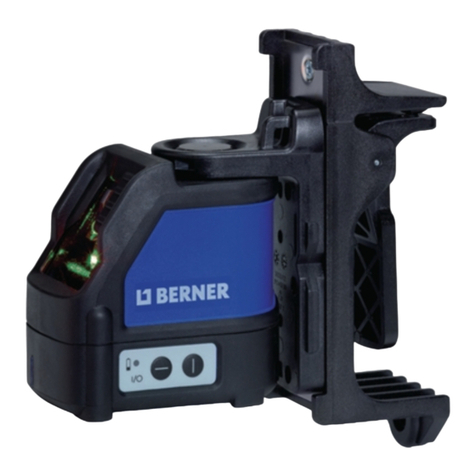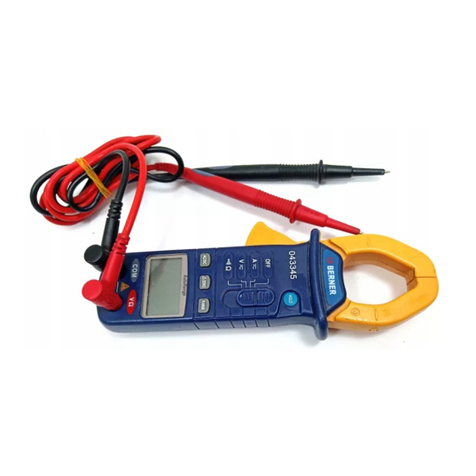Berner 213981 User manual
Other Berner Measuring Instrument manuals
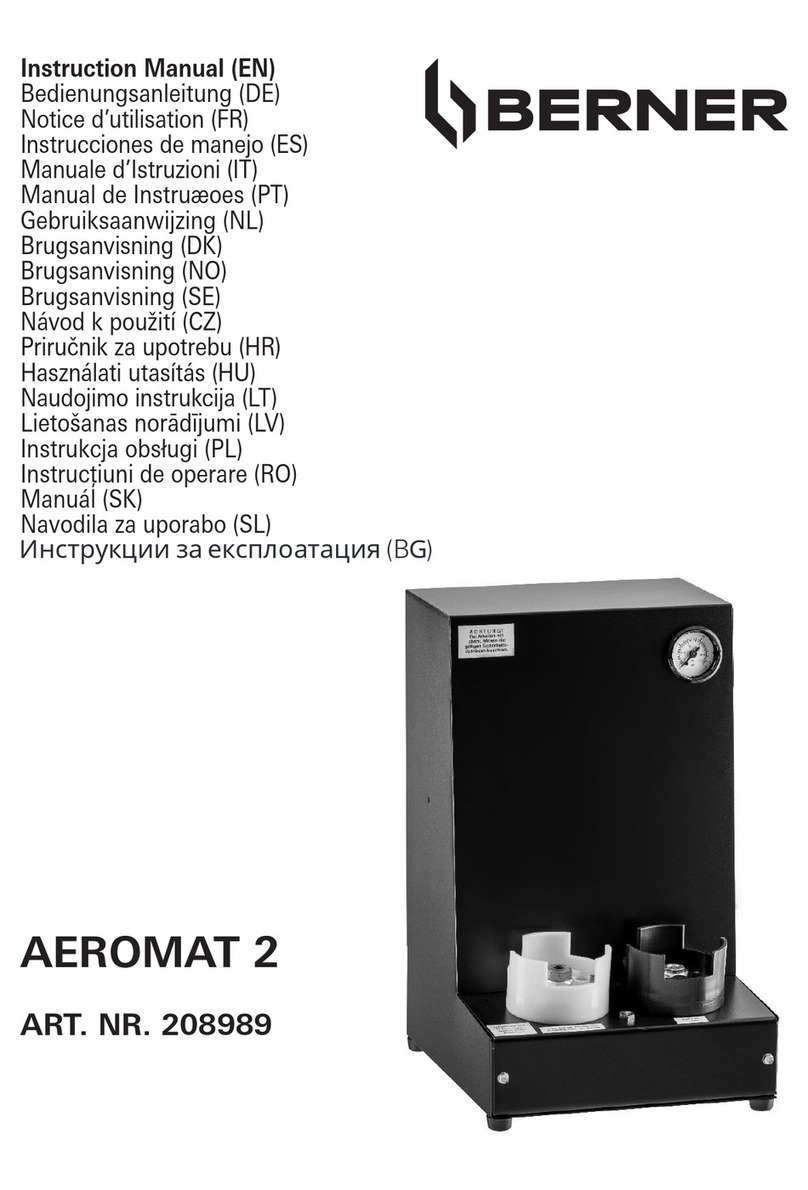
Berner
Berner AEROMAT 2 User manual

Berner
Berner BLM 80 User manual
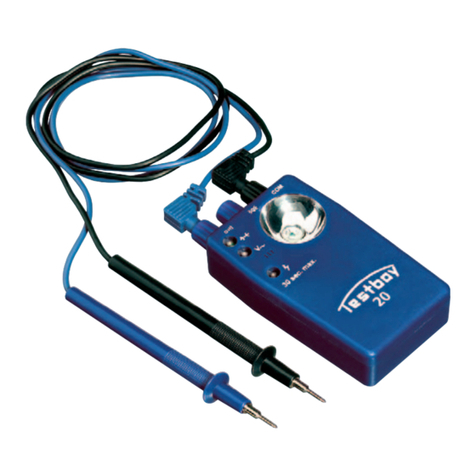
Berner
Berner Testboy 20 User manual

Berner
Berner 43344 User manual
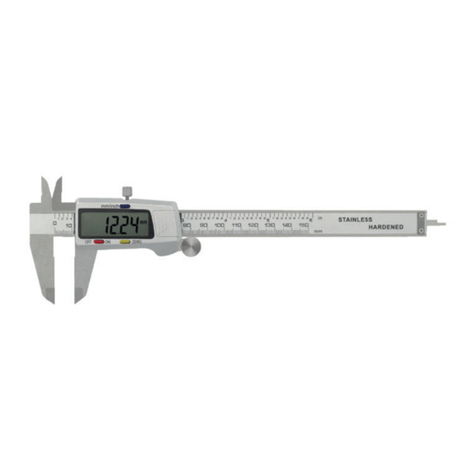
Berner
Berner 419689 User manual

Berner
Berner Premium 215222 User manual

Berner
Berner Hot-Star BHS1 Guide

Berner
Berner 177903 User manual
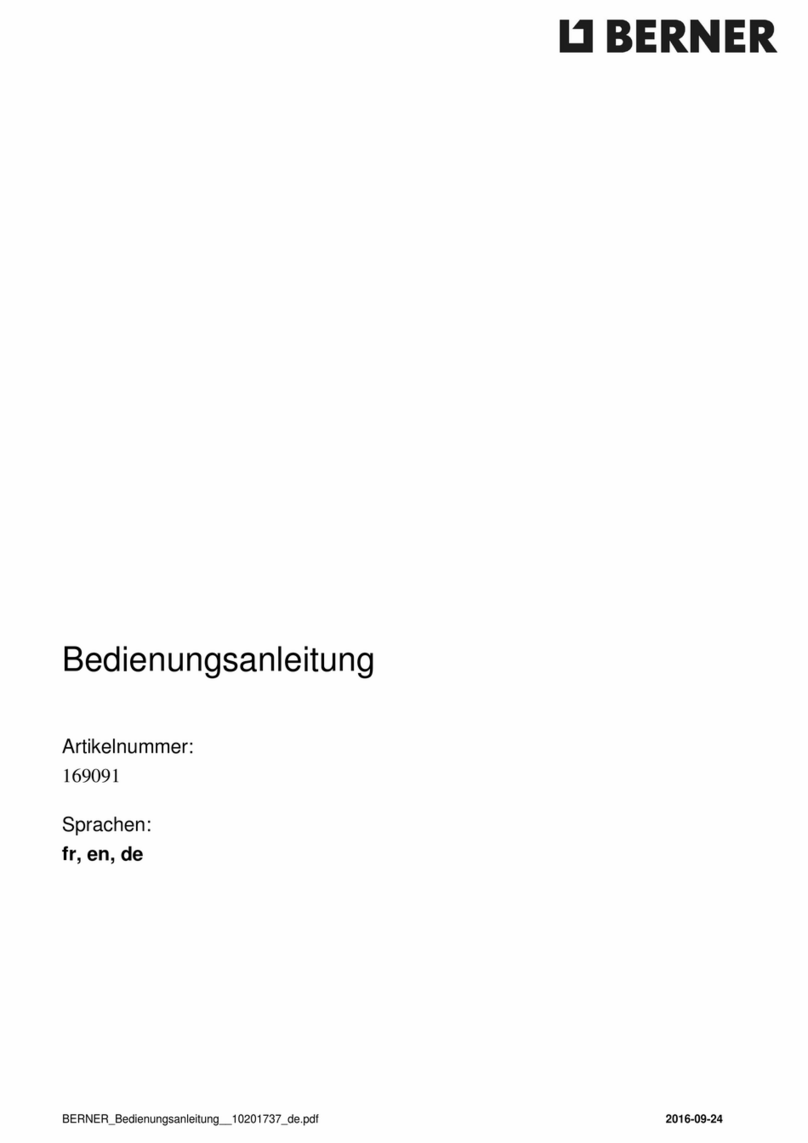
Berner
Berner 169091 User manual

Berner
Berner DM8 User manual
Popular Measuring Instrument manuals by other brands

Powerfix Profi
Powerfix Profi 278296 Operation and safety notes

Test Equipment Depot
Test Equipment Depot GVT-427B user manual

Fieldpiece
Fieldpiece ACH Operator's manual

FLYSURFER
FLYSURFER VIRON3 user manual

GMW
GMW TG uni 1 operating manual

Downeaster
Downeaster Wind & Weather Medallion Series instruction manual

Hanna Instruments
Hanna Instruments HI96725C instruction manual

Nokeval
Nokeval KMR260 quick guide

HOKUYO AUTOMATIC
HOKUYO AUTOMATIC UBG-05LN instruction manual

Fluke
Fluke 96000 Series Operator's manual

Test Products International
Test Products International SP565 user manual

General Sleep
General Sleep Zmachine Insight+ DT-200 Service manual
